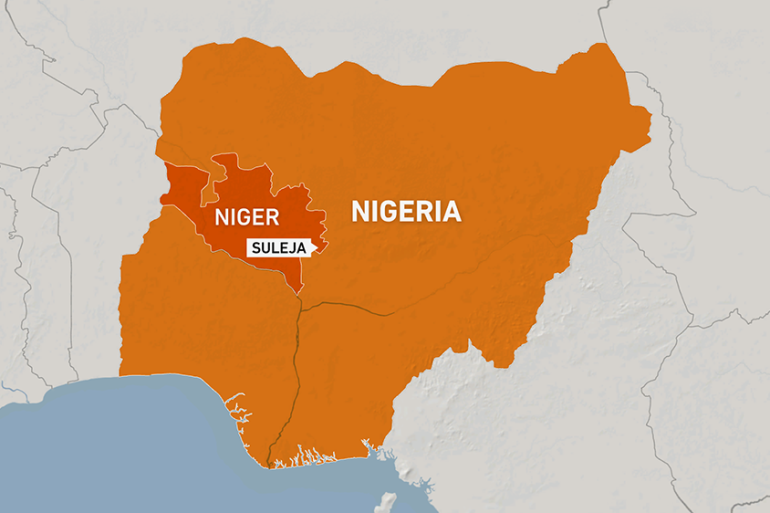
This is a global heritage & for almost 20 years a constant work is going on to save it. Mass extinction of marine & plant lives that occurred 252 million years ago destroyed 95% of marine life which is a huge loss: Archaeology Professor GM Bhat said yesterday pic.twitter.com/G0x5fjdHTY
— ANI (@ANI) October 24, 2021
What is the Permian–Triassic extinction event?
Also known as the End-Permian Extinction or, colloquially, the ‘Great Dying’, the Permian-Triassic extinction event marked the boundaries between the Permian and Triassic geological periods, as well as between the Paleozoic and Mesozoic eras approximately 251.9 million years ago.
It was one of the major extinction events that the planet ever saw, when biodiversity decreased rapidly and across wide stretches. According to the National Academy of Sciences, in the End-Permian Extinction event, as many as 57% of the world’s biological families, including 83% of genera, 81% of marine life, and 70% of terrestrial vertebrate species went extinct. It was also the largest known mass extinction of insects.
Significance of the Guryul Ravine fossil site in Kashmir
The Guryul Ravines in Kashmir, geologically known as the Vihi district, are a repository of fossils that hold evidence of the Permian–Triassic extinction event, dating as far as back 260 million years, one of the oldest of its types in the entire world. Most importantly, the world’s first-ever recorded tsunami event is well preserved in the rocks of Guryul Ravines.
Owing to immense evidence from the Permian/Triassic boundary that the Guryul Ravine rocks preserve, scientists and geologists from all over the world – especially from the United States, the United Kingdom, Ireland, China, Japan, Canada, Switzerland, Austria, and Scotland – have been visiting this area for furthering their research studies.
- Chamisa under fire over US$120K donation
- Mavhunga puts DeMbare into Chibuku quarterfinals
- Pension funds bet on Cabora Bassa oilfields
- Councils defy govt fire tender directive
Keep Reading
Speaking to ANI, archaeology professor GM Bhat said, “This is a global heritage and for almost 20 years there is a constant work is going on to save it.”
Kashmir fossil site “much larger” than the one in China
The Khonmoh P-T section of 3 metres is “much, much larger” than 27 cms of the Meishan Section in China, according to experts cited by the news agency, who added that this makes the fossil site in Kashmir attract millions of tourists every year. Nadeem Ahmad, a local resident, told ANI that the three-meter fossil in Khonmoh is “much more” than what is available in China. This is what makes the site special, he added.
“The site preserves all evidence on how evolution and extinction occurred here. For zoologists this a treasure and as a local I want is to preserve it,” he was quoted as saying.
Khanmoh District Development Council (DDC) member Aijaz Hussian, who was present at Saturday’s workshop, thanked government officials for their efforts and initiative.
“I thank the administration who have initiated this workshop,” Hussain was quoted as saying. “We have been told by the scientists that this is the one oldest heritage site in the world. We should develop this for our coming generations, too.”
“The government should focus on workshops like this, to attract more attention to the site,” he added. “This can add Khanmoh another great tourist spot on the map.” -hindustantimes











